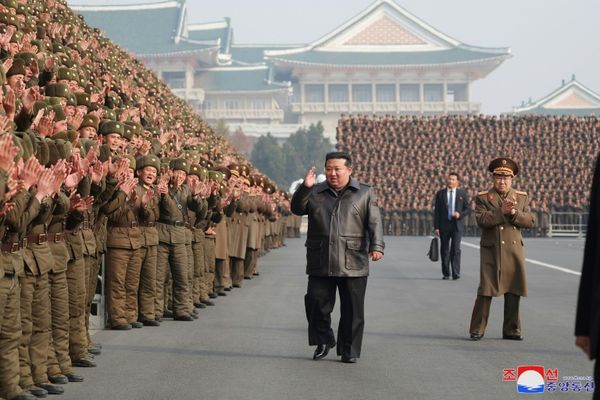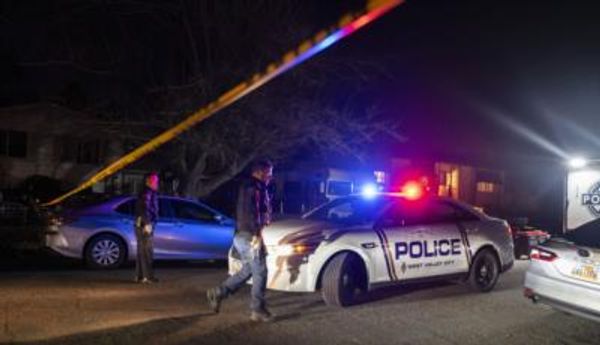
Treasurer Josh Frydenberg has used a lottery-like revenue bonanza to further increase government spending in a frenzied bid to shore up the government’s election prospects in the 2022-23 budget.
Boosted by an increase in expected revenue of more than $120 billion across the forward estimates compared to the forecasts in December’s Mid-Year Economic and Fiscal Outlook (MYEFO), Frydenberg has unveiled a series of smaller deficits for coming years.
The deficit for the current year is expected to fall by $20 billion to $80 billion, and by a similar amount to $78 billion for 2022-23. However the budget will still be more than $40 billion in deficit in 2026.
That’s because the government is using much of that revenue windfall on bribing voters. It is pumping $36 billion in extra spending into the economy across the forward estimates, even on top of the additional spending it announced in MYEFO.
By way of comparison, this time 12 months ago, the government said it planned to spend $593 billion — tonight, it says it will be spending $625 billion.
As a result, 2026 is forecast to become the seventh year in a row with spending above 26% of GDP — a level it has never reached under any government since World War II, but which now looks a permanent default level of larger government under the Coalition.
Among the bribes offered voters — most of which have already been revealed — are:
- A one-off expansion of the low- and middle-income tax offset by $420, costing $4.1 billion
- A one-off $250 handout to pensioners and welfare recipients costing $1.4 billion
- A temporary cut to petrol excise from 44.2 cents to 22.1 cents for six months, costing $2.9 billion
- $2.4 billion in new and expanded Pharmaceutical Benefits Scheme (PBS) listings
- A new billion-dollar deduction for small businesses to encourage them to “go digital”
- Another $1.4 billion in skills training
- The $18 billion (over 10 years) pork-barrelling spend announced on Monday.
As the nature of the spending illustrates, the government is most worried about cost-of-living issues, as well as looking after its traditional base of pensioners and small business.
But the economic story of the budget contradicts — in a fundamental way — the political imperative. According to the budget, the economy is firing on all cylinders and is pretty much at peak capacity. In the budget papers, Treasury explicitly discusses one indicator of peak capacity, the Non-Accelerating Inflation Rate of Unemployment (NAIRU), and states we’re already below the NAIRU, which it estimates is now 4.25%.
Unemployment is expected to go further down to 3.75%, where it will stay for the next three years. Economic growth will be 4.25% this year and 3.5% next year. Household consumption forecasts have been upgraded for this year and the next. Dwelling investment forecasts have been significantly increased next year. Non-mining investment is expected to be healthier. Terms of trade are expected to be significantly better. According to the government’s own numbers, the economy is roaring along.
And yet Frydenberg not only feels compelled to pump deficits of $80 billion in a year into the economy, but he has increased the level of spending over the next four years by $36 billion — beyond the huge amounts he has already committed in a quest to save the government.
That leads to the other set of numbers in tonight’s budget papers: they say inflation will fall back below 3% in 2023, despite the massive spending the government is throwing at voters.
Those numbers make no sense whatsoever. There’ll be a price to pay for such profligate spending when the economy is running so hot. But those aren’t the sort of numbers Josh Frydenberg is interested in.
He’s only interested in the number of seats on election night — and the numbers in the partyroom when the Liberals meet, in government or opposition, after that.
This is a budget that will be defunct at 6pm on election day, no matter the outcome.







